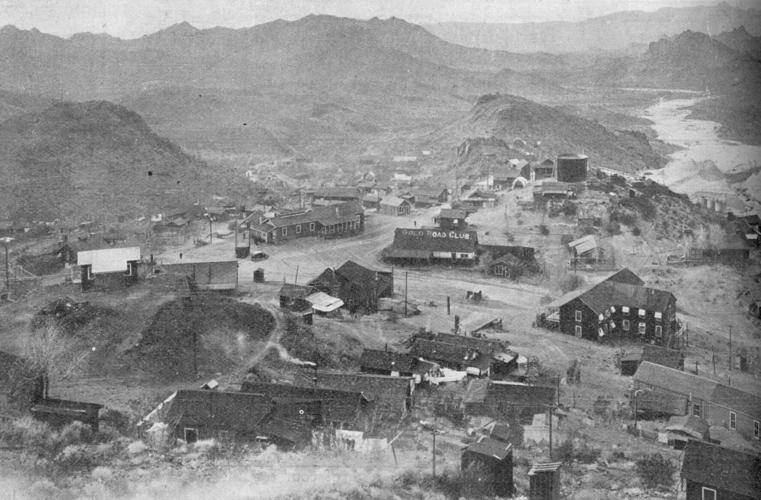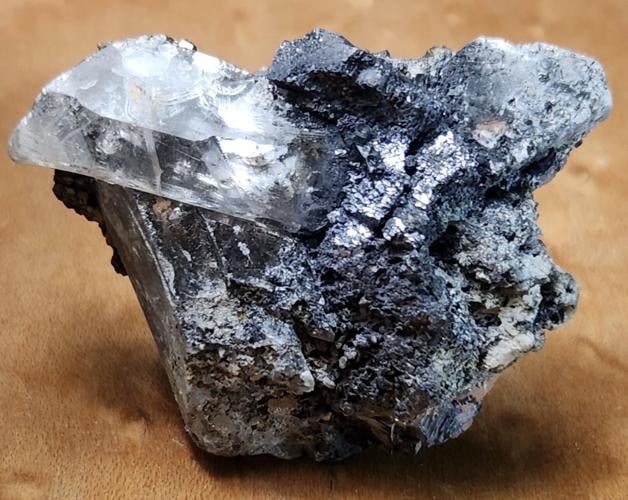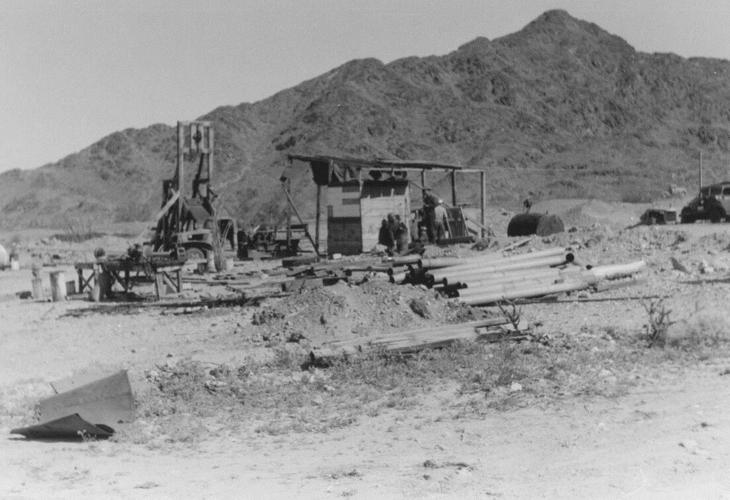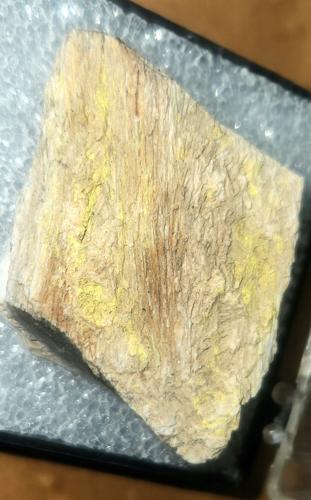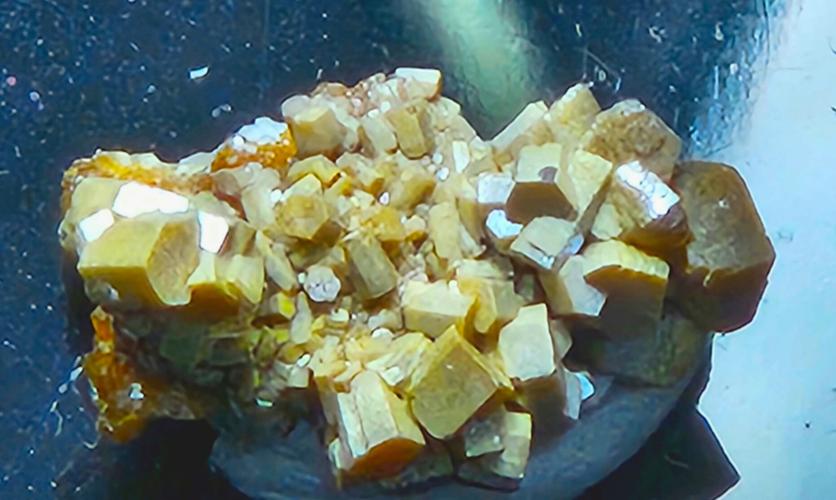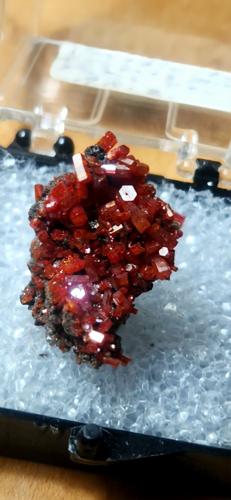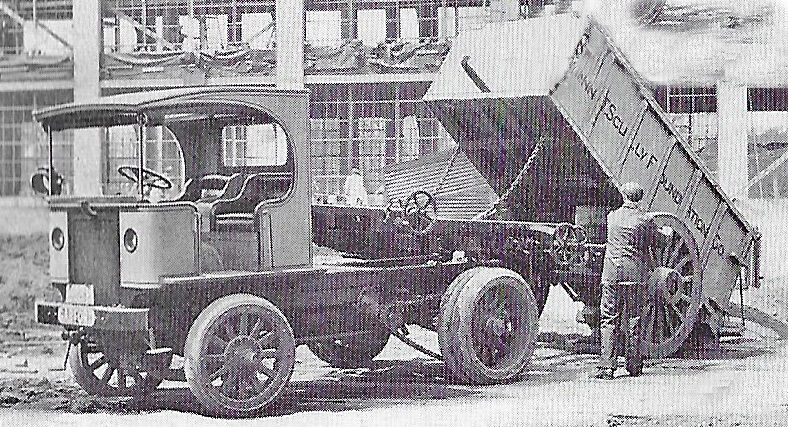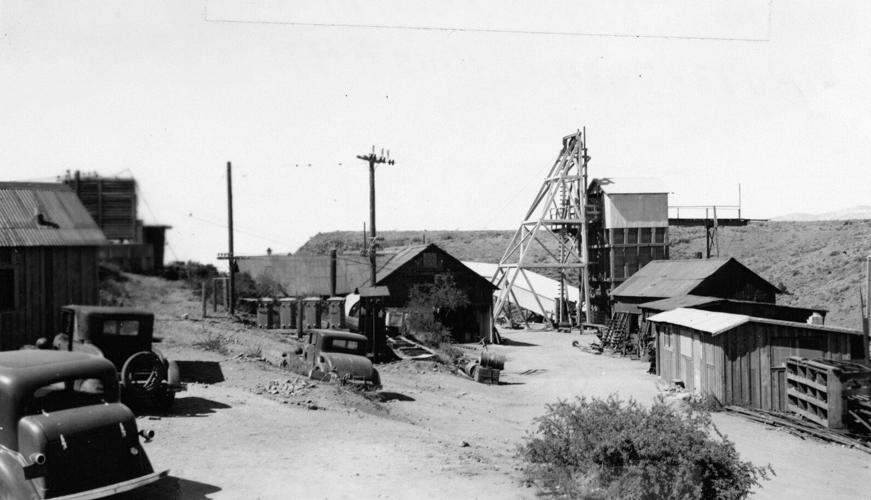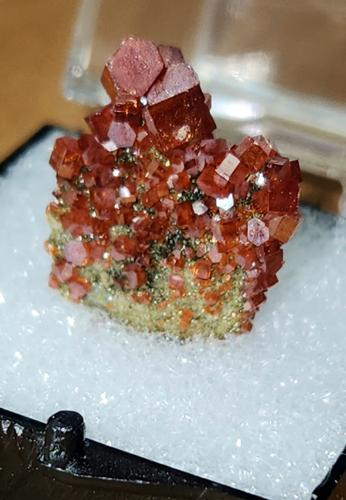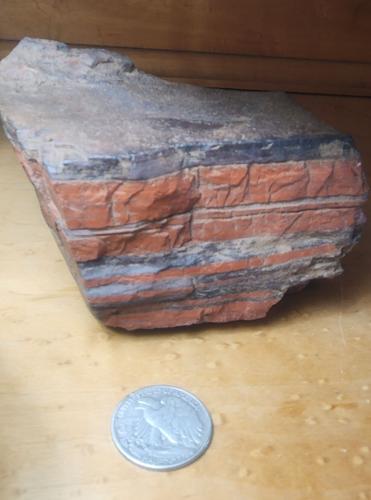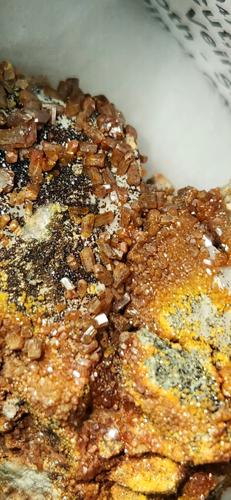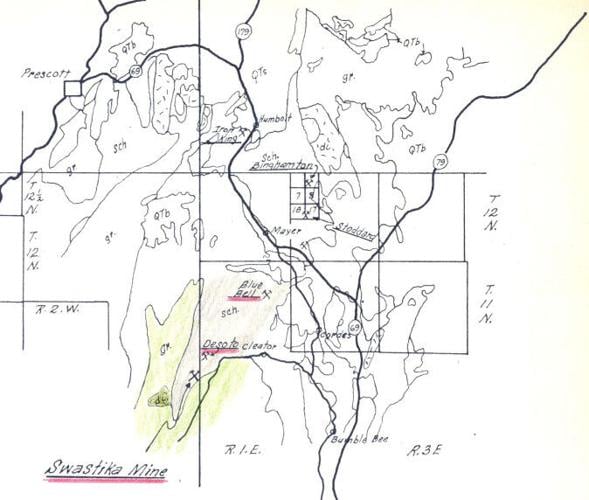Arizona has many historical mining properties that have produced gold, fluorspar, vanadium and uranium. These minerals have proven vital to many industries during times of war and peace.
The state also has iron ore deposits found in its central parts, including the banded-iron formation northwest of Prescott composed of quartz-hematite-magnetite rock formed from oxygenated ocean water 1.7 billion years ago.
The Gold Road Mine dates back to 1899 when it was discovered by Mexican gold prospector Jose Jerez while he was exploring Sitgreaves Pass west of Kingman. The discovery of a prominent quartz outcrop carrying gold led to further investment involving a Salt Lake City syndicate comprised of Col. O. P. Posey, Clarence K. Dimmick and William Bayley.
Development of the eight-foot-wide gold vein included a 150-ton cyanide plant, 150 miners and monthly bullion shipments of up to $15,000 by 1907. By 1931, the mine’s production totaled $7.3 million. Mining under Addwest Minerals in the 1990s saw an additional 92,500 ounces of gold production until reduced market prices forced a temporary closure.
Today the mine is operated by Gold Road Mining Corp., a subsidiary of Para Resources Inc., as an underground gold-silver mine with a surface milling facility.
Located on the western side of Agua Fria Canyon 4 miles east of Bumblebee, the Richinbar Mine operated sporadically from 1905 to 1922 under multiple companies with a total of $60,000 in low-grade gold ore produced. Geologically the vein crops out in granite at the edge of a basaltic mesa, with the gold ore occurring in irregular vertical shoots in coarse massive quartz. The mine included a 20-stamp mill and was developed with a vertical shaft 480 feet deep. Overall, the mine was a money pit and bad investment overall for the cost to operate it outweighed the profit.
The Swastika Mine, 5 miles north of Crown King in the Bradshaw Mountains, is noted as a rich silver producer when operated by diligent and intrepid owners and lessees. Early development began in 1876 by F.W. Curtin with hand tools, though the camp later had electricity. A 50-ton cyanide mill was started onsite in 1919. A 5-ton Garford truck was used for ore transport.
Between 1910 and 1915 the mine produced 600,000 ounces of silver and more than $3 million from 1934 to 1952. Index Mines operated the site in the mid-1970s, building onsite a leaching-electro-winning plant where limited gold and silver bullion and copper plating was produced.

Thumbnail size mineral sample of fluorite with argentiferous galena from the Hull Mine.
Mining at the Hull Mine, in the Castle Dome Mountains in Yuma County, dates back to 1867 when the first shaft was dug by J. Brown. He was attracted by a vein outcrop of fluorite, calcite and oxidized galena in an area of shale, limestone, and sandstone. Mineralization measured 2,000 feet in length and up to 12 feet in width.
Twenty years later, argentiferous galena ore was mined and shipped at profit, which became the trend during the mine’s sporadic ownership, development and production over the decades. This included a small concentrating plant and an experimental cyanide heap leach operation that economically failed to recover silver from the mine’s lead-silver ore.
Interest in the mine was revived with the goal of extracting fluorspar for commercial profit. Fluorspar is an important component in hydrofluoric acid necessary in the refrigeration and air conditioning industry.
Mineral collectors have long appreciated the mine’s output of specimens including fluorite, barite, wulfenite and cerussite on galena found at the 200-foot level.
The Hamburg Mine in the Silver Mining district near Yuma began in the 1870s as a vein system mined for silver, with later exploration conducted by Silver Glance Resources Inc. in an early 1990s drilling program revealing significant fluorite assays.
Vanadium is a metal in Arizona that occurs as vanadinite, a chloro-vanadate of lead formed by the oxidation of lead sulfides in sedimentary rocks. Several uses of vanadium include its application as an alloy in the steel industry and its use in renewable energy in vanadium flow batteries as energy storage.
Although Arizona is not a significant producer of vanadium, deposits exist across the state, including those from the Tiger Mine in the historic Mammoth mining district, the Gallagher Mine in the Tombstone mining district, and in a vein deposit in quartzite at the Apache Mine north of Globe-Miami.
The Gallagher Mine near Charleston, about 8 miles southwest of Tombstone, was developed as a series of silver-lead ore claims sunk between 12 and 200 feet in depth. Credit is given to J.B. Gallagher, the mine’s namesake, for having discovered vanadium and molybdenum ores on the property.
The mine’s geology includes rock mass tertiary andesite flow intruded by a rhyolite dike carrying considerable mineralization including lead, gold, silver, vanadium and molybdenum.
Arthur L. Flagg served as the consulting engineer to the Gallagher Vanadium and Rare Metals Corp., stating the deposit hosted the greatest variety of vanadium minerals in the Southwest. Consisting of 22 claims with considerable drifting, production from 1929 to 1953 was minimal, including 670 tons of lead ore shipped to the El Paso Smelter for refinement. Although an onsite mill was never built, it was recommended due to the large amount of milling ore surrounding the main vein.

Wooden structures and equipment at the Anderson uranium mine in Yavapai County.
The Anderson mining claims 43 miles northwest of Wickenburg, also known as the Uranium Aire claims , were discovered by accident in 1955 by T.R. Anderson during an aerial survey using an airborne scintillation counter. Anderson developed 130 claims with labor from his paint contracting firm in California.
The geology of the area includes detrital rocks with a portion of bentonitic clays, light-colored Tertiary volcanic tuffs with a mineralized outcropping for several thousand feet, including pods of exceedingly rich uranium ore. Uranium was precipitated in portions of lake beds with organic carbon particles from carbonate-rich solutions. The ore is carnotite in petrified palm roots up to 2 feet in diameter.
By 1957 the mine was developed as a small open pit with four trucks producing 150 tons of uranium ore averaging 0.4% per week. Production was 33,230 pounds of U308 from 1955 to 1959 until the Atomic Energy Commission ended its ore purchasing program. Ore was shipped to Tuba City, Arizona and Grants, New Mexico for refinement.
Getty Oil Co. leased the property with an option to purchase in 1968. Having conducted an extensive drilling program, it moved on to more lucrative uranium properties in Wyoming. Later attempts to develop the large low-grade uranium ore body included over 1,400 drill holes involving the exploration efforts of Union Oil Co., Minerals Exploration Co. and Urangellschaft U.S.A. Inc.
The Anderson Mine is currently owned by Uranium Energy Corp. or UEC. The property encompasses 8,268 acres with a total proven reserve from 25 million to 27 million pounds of uranium.
This is the third of our history quizzes. How much do you know?


